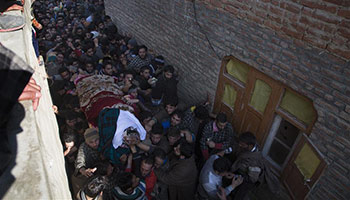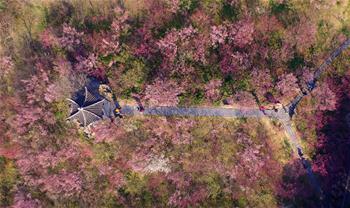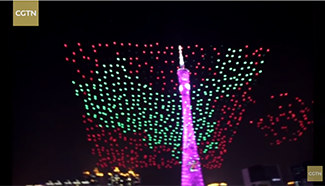BEIJING, Feb. 13 (Xinhua) -- Two bus rapid transit lines connecting Beijing and neighboring Hebei Province were launched Monday as part of efforts to ease traffic congestion.
The lines will operate at rush hour on weekdays between Dachang County in Hebei, and Beijing's Lucheng and Dajiaoting East subway stations, according to the municipal commission of public transport.
With more railway lines and buses extended to the neighboring province, commuters from Beijing's surrounding region will have easier access to the city, reducing traffic pressure, an official with the commission said.
Figures released last month showed the daily traffic index in Beijing reduced from 5.7 in 2015 to 5.6 in 2016, indicating less traffic congestion. The traffic index ranges from 0 to 10, with the number increasing as congestion worsens.
An annual report released by leading Chinese navigation service provider AutoNavi indicates Beijing is no longer the country's most congested city.
The report, issued in January, said Jinan in Shandong Province and Harbin in Heilongjiang Province had the worst traffic among 60 Chinese cities surveyed in 2016.
Public transport facilities, such as bicycles, subways and buses, are believed to contribute to Beijing's improved traffic.
As of 2016, the total length of subways in Beijing reached 574 km, and the number will increase to 900 km by 2020, according to the city's plan. Among the plan, eight suburban railway lines are designed to reach neighboring Hebei Province.
"Railway traffic has laid the foundations for balanced regional development, which will bring benefits for Beijing's neighboring area," said Zhao Hong, deputy head of Beijing Academy of Social Sciences.
The length of bus lanes in the city increased to 841 km in 2016, helping attract commuters.
Up to 31,000 public bicycles were added in 2016, bringing the number of public bicycles in the city to 81,000.
The city is also exploring reducing traffic congestion by clearing space and relocating populations in the surrounding area.
To date, more than 1,300 manufacturing companies have been shut down, freeing up over 7 million square meters of land for new use.
Guo Jifu, director of Beijing transport research center, called for joint efforts from land resources and transport authorities to improve urban planning.
"An urban plan has to take the city's transport capacity into consideration. Transport department must have a say in approving new building projects," he said.














